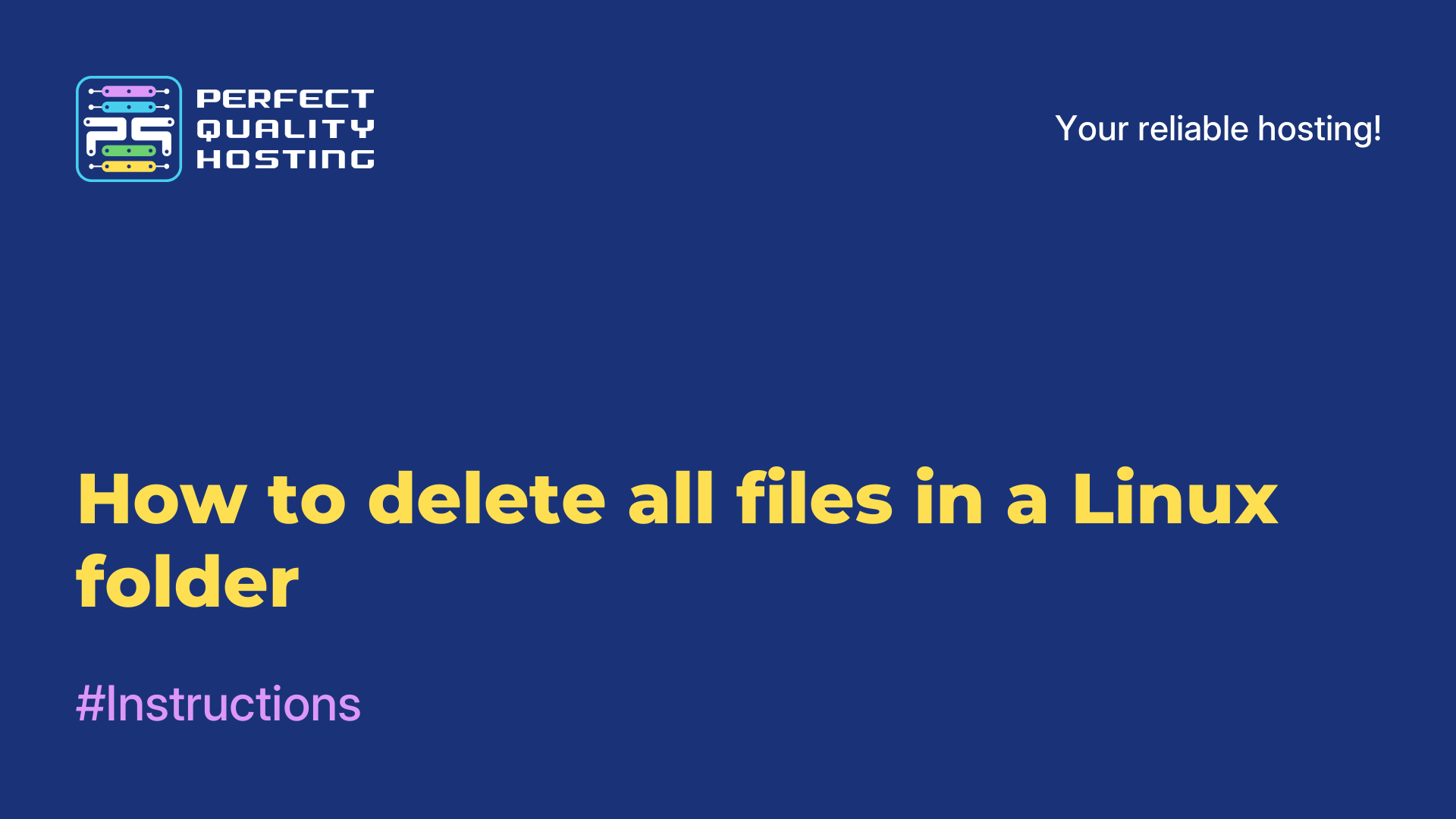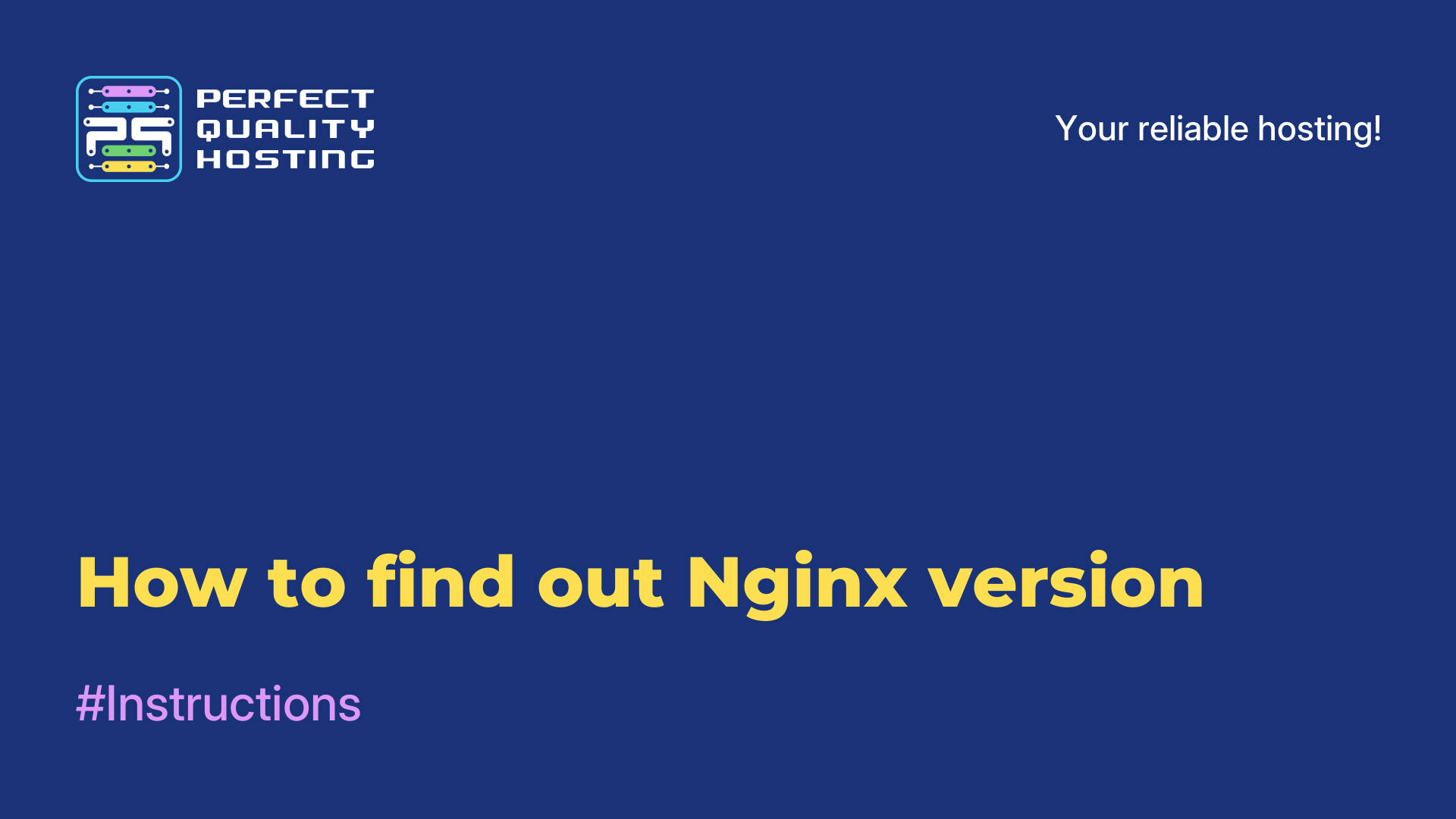-
United Kingdom+44 (20) 4577-20-00
-
USA+1 (929) 431-18-18
-
Israel+972 (55) 507-70-81
-
Brazil+55 (61) 3772-18-88
-
Canada+1 (416) 850-13-33
-
Czech Republic+420 (736) 353-668
-
Estonia+372 (53) 683-380
-
Greece+30 (800) 000-02-04
-
Ireland+353 (1) 699-43-88
-
Iceland+354 (53) 952-99
-
Lithuania+370 (700) 660-08
-
Netherlands+31 (970) 1027-77-87
-
Portugal+351 (800) 180-09-04
-
Romania+40 (376) 300-641
-
Sweden+46 (79) 008-11-99
-
Slovakia+421 (2) 333-004-23
-
Switzerland+41 (22) 508-77-76
-
Moldova+373 (699) 33-1-22
 English
English
Examples of errors in Linux
- Main
- Knowledge base
- Examples of errors in Linux
Errors in Linux are incorrect behavior of the operating system that can cause applications or the system as a whole to not work properly. In Linux, they can occur for a variety of reasons, such as errors in application code, system settings, hardware problems, file system problems, or network problems.
Types of errors in the Linux operating system
Errors in Linux can manifest themselves in different ways, such as error messages in the application interface or in the system logs. Some errors can cause system crashes or data loss.
To solve Linux problems, it is necessary to determine the cause of the problem. This can be done by using system monitoring tools, analyzing system logs, or command line commands. Once the cause is identified, you can begin to fix it, which may include fixing application code, changing system settings, upgrading software, or replacing damaged hardware.
Here are some of the most common types:
- File system: errors reading or writing to a disk, lack of free disk space, or file system corruption.
- Applications: errors in application code or errors related to application dependencies.
- Network: There may be problems connecting to the network or configuring network settings.
- Hardware: problems with the hard disk, RAM, processor, or other components of the computer.
To fix Linux errors, you need to identify them and find out what caused them. To do this, you can use tools such as system logs, system monitoring tools, or command line commands. Once the error is identified, you can try to fix it, such as by updating software, changing system settings, or replacing damaged hardware.
Identifying bugs in Linux
There are many errors in Linux, and each has its own unique code. Some of the most common Linux error codes include:
404 - Not Found: the requested resource was not found.
403 - Forbidden: access to the requested resource is denied.
500 - Internal Server Error: A server-side error occurred.
503 - Service Unavailable: The requested service is temporarily unavailable.
401 - Unauthorized: the user is not authorized to access the requested resource.
400 - Bad Request: The request does not match the syntax expected by the server.
408 - Request Timeout: The server did not receive the request within the specified time.
502 - Bad Gateway: Problems occurred on the intermediate server side while processing the request.
301 - Moved Permanently: The requested resource was moved to a different address.
304 - Not Modified: the resource has not been modified since the last request.
Linux can also produce application and device specific errors, such as file system errors, network connection errors, and so on. The error codes for these errors will depend on the specific situation.






































